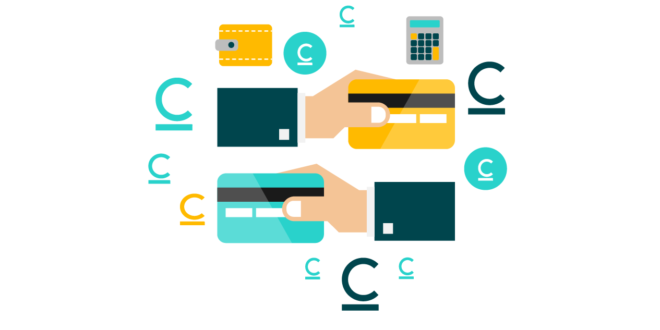Tags Digital Transformation Payments
Kyrgyzstan has traditionally been a cash-based society, with many preferring the comfort of the familiar paper currency to digital alternatives. In fact, many Kyrgyzstanis are reluctant to use cards, mostly using them to withdraw cash rather than to pay directly for services with them. However, recent efforts to build a digital state are helping Kyrgyzstan’s economy begin to shift to digital payment channels, a move expected to not only make purchasing easier for consumers but also to help the state increase revenue. Last year, the volume of interbank payment transfers increased 2.6 times. There has also been a 46.2% increase in the use of payment cards as well as a 103.6% increase in the use of payment terminals in the last few years.
Despite this progress, there is much work to be done if digital channels are to truly gain a strong footing in the country. Right now, for example, only Bishkek and the Chui region have regular access to such payment options, meaning that cash is still very important, even for those wanting to use cards as a payment method. Perhaps even more important is to create a demand for such options by increasing financial literacy about them within the country. To accomplish this, all market participants (regulators, payment system operators, banks, etc.) need to be proactive in explaining the benefits, safety and efficiency of using digital payment means.
It should be noted that the Kyrgyz Republic has implemented a state program to increase the share of non-cash payments in the country. By 2022, the country hopes to have an equal number of cash and non-cash payments.
 BFC Bulletins Monthly News Digest
BFC Bulletins Monthly News Digest




